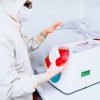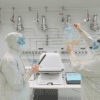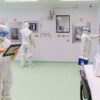When translating research discoveries in the cell and gene therapy sector, numerous considerations must be made by academics. Whilst scientific discoveries are hard fought over many years, the pathway to commercialisation is difficult and complicated. As an innovator, it is important at the outset to understand that the commercialisation pathway requires guidance and expertise from a diverse team with specialist knowledge.
At Cell Therapies, our expertise in the translation and commercialisation of innovative cell-based therapies has spanned over 20 years. We can provide consultation and advice on how best to navigate the advanced manufacturing of products for supply to Australian patients and jurisdictions across the globe. In our experience, the translation of pre-clinical research to clinical trials requires developers to tackle questions that are very different to those asked in the research lab. Our initial discussions comprise a common set of questions that aim to prepare researchers and academics for the product development journey.
In this blog, we provide insight into some of the key questions that we often find researchers have not yet grappled with, which will immediately set their critical thinking process in the right direction. The following queries highlight the importance of the manufacturing process, quality control, reproducibility, and safety and consistency in the early product development stages that will provide oversized benefits downstream.
The translation and commercialisation of cell-based therapies is complex, just like the therapies themselves. We at Cell Therapies can support you along the product development pathway. Our team of experts support cell-based products from early clinical translation to commercialisation including manufacturing, process development, quality assurance, regulatory, logistics, and clinical trial design.
If you’re an academic with a potential cell therapy and are looking to take those first steps to translation, reach out to our team at CTPL to see how we can help you during this process.
Questions
- What IS your product?
While the question seems simple, many academics struggle to define the product that they will eventually treat patients with. This requires an understanding of the active ingredients – what cells are required to elicit a therapeutic effect, and how many (dose size)? This question leads to the method of delivery – is the cell product fresh or frozen? How is this cell therapy going to be delivered to the patients; Intravenously or by injection to a specific organ or site? Does the delivery technology currently exist or are new techniques required to be developed in collaboration with clinicians?
Academics often struggle to articulate exactly what their product is because cell therapies are complex, living drugs. Cells can change based on their environment or as a function of time, and manufacturing a reproducible, consistent and safe final product requires in-process controls measured by quality control testing. How controlled is your research lab protocol?
- What impurities are in this product and what is tolerable? How do you measure this?
Impurities are unwanted substances that are present in drugs and have no therapeutic benefits. When creating a cell-based product, impurities of many kinds can appear, such as undesired cell populations. These contaminants can arise during the manufacturing and/or storage processes, leading to a potential negative impact on high-risk patients. Quality Assurance, with strict risk assessments to identify probable impurities, and Quality Control, with robust analytical methods to measure impurity levels, is critically important to ensure the product continues to progress safely through the clinical trial stages.
Concerning a heterogeneous product, consider what cell populations (if any) have a deleterious impact on the final product or are not safe and must be removed. How are these cells detected, how are they removed or reduced in number to a safe level, and how do you define what is a safe level?
- Work backward from the conceived commercial product. Is it feasible?
This question urges academics to consider the end goal – a commercial product that meets regulatory standards and is safe, efficacious and better than the current gold standard treatment. While academics will fully appreciate the complex scientific discovery, can this become a commercially viable therapy that will serve an unmet medical need?
For a cell-based product, it is often helpful to start at the end (an approved product) and work backward through the clinical trial phases. This will map a trajectory for product development right from the first-in-human (FIH) clinical trial. What jurisdiction will the FIH trial be in? Where are the pivotal clinical trial sites? Where are you going to apply for market authorisation? What is the mechanism of action (MOA) of the therapy? What disease indication and patient population will you target and what is the size of this market? What is the gold standard therapy and are patients and clinicians going to tolerate the new innovative therapy? What are the side effects of this therapy? Is the final product fresh or frozen? How complex are the supply chain logistics? What infrastructure does the healthcare system need to deliver this therapy to the patient?
This approach will also raise the consideration of COGS (cost of goods sold). How much would this product cost to make including starting materials, manufacturing, healthcare (hospital, clinicians, in-patient care etc)? What is the health and economic impact of this innovative therapy? The COGS will change as the product progresses from early product development through to commercial-scale manufacturing, but this is a critical aspect to consider. COGS will have particular importance to investors about funding throughout the clinical trial phases.
The conclusion
The translation and commercialisation of cell-based therapies is complex, just like the therapies themselves. We at Cell Therapies can support you along the product development pathway. Our team of experts support cell-based products from early clinical translation to commercialisation including manufacturing, process development, quality assurance, regulatory, logistics, and clinical trial design.
If you’re an academic with a potential cell therapy and are looking to take those first steps to translation, reach out to our team at CTPL to see how we can help you during this process.
Author Notes
This article and its intellectual property were written by Dr Jennifer Hollands PhD in conjunction with Cell Therapies marketing.







